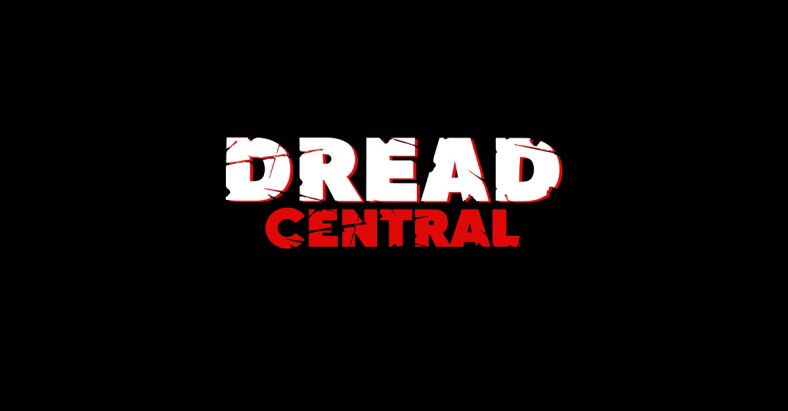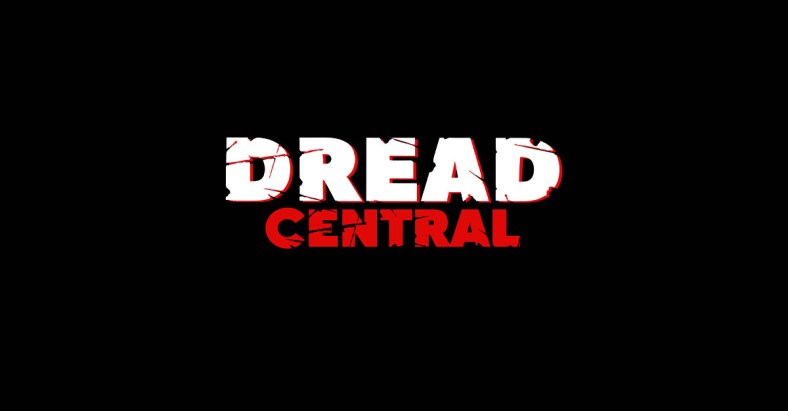Tom Hiddleston Talks Kong: Skull Island

Set in the 1970s, Kong: Skull Island follows a team of explorers and soldiers who travel to an uncharted island in the Pacific, unaware that they are crossing into the domain of monsters, including the mythic Kong. Tom Hiddleston plays a mercenary soldier.
Dread Central: What was it about this character in particular that grabbed you?
Tom Hiddleston: On the set of Crimson Peak, in March of 2014, Thomas Tull came to visit and he said, I want to talk to you about something. He told me, and I was very excited about the Godzilla project they had made and was looking forward to seeing it, and he said we’re also making Kong, so when you’re finished with this film come and see me. I went to visit him and he pitched Kong: Skull Island to me and said at the center of it there is an adventurer, a former soldier, somebody who goes on a journey and it’s full of action and adventure.
I’ve loved King Kong since I was a child and to be in a generation of the Kong myth was so exciting to me. Then Thomas and Jordan and everybody at Legendary included me in developing the character, which was really thrilling. I wanted him to be someone who starts off in a world-weary place, and his experiences on the island give him a new humility in the face of the wonder and power of the natural world essentially, which I think Kong represents.

DC: What do you remember about seeing Kong as a young boy?
TH: I think it’s just, I think children are very excited by nature and by animals, and the idea of Kong is just very exciting, he’s a big monkey and as a child I think it’s a cool idea.
DC: Are you a fan of monster movies?
TH: I loved adventure movies. I loved where people went on an adventure to an unknown land, an undiscovered country, a new territory. I think there is something right in the middle of storytelling that people love about that. We’re all intrigued in our civilized world that we live in, I think we’re all quite curious to how we’d get on an undiscovered island, untouched by man, and I think stories like that play into that curiosity in the audience.
DC: Tell us about shooting in Vietnam.
TH: Vietnam is absolutely breathtaking. I’ve never been to that part of the world before and it is an area of such natural beauty and I think the landscape of Vietnam became the central visual template for what Skull Island should look like. The Vietnamese people were so kind, hospitable and welcoming, we ate all the food, there was a lot of duck, but we were shooting in and around Hanoi and Nin Bin and Fong Nar, the lakes of Nin Bin and the valleys of Fong Nar, which I think is a completely unique landscape.
DC: What do you think about the political aspects of Kong?
TH: Well, I think the movie is set in 1973, and 1973 as an era, which is now quite a long time ago, presents itself as the last time… it was an uneasy time in Washington, we’re all familiar what that feels like, and actually I think it was a really fascinating time in history because the development of modern technology, the satellites, the photographs we were taking from space were mapping the Earth in a new way, making us feel like the globe we inhabit is much smaller than previously conceived in the human mind. I think the foreign policies of Western democracies were changing, there was a huge social justice movement, the Sixties had completely changed how people conceived their lives and their habits and identities, and I think that’s just a very exciting prism or a very exciting space to put this story into.
DC: Did you notice any similarities to Apocalypse Now?
TH: That’s a movie I admire and Jordan loves it too and I think to take a group of soldiers who have seen unimaginable things in conflict, who already have a depth of spirit because of their experiences and an innate courage, to take those characters and put them in this environment is innately interesting. I think this film does raise questions about the nature of war but also about the bravery and courage of soldiers. There’s that scene that I play with Brie Larson, where she’s asking me about my own backstory, Weaver is asking Conrad about his own personal history and Conrad’s response is he became a tracker for the SAS because his own father was lost in the Second World War and he’s dedicated his life to recovering lost soldiers and his response to her question is, no man comes back from war, not really. And so you have these soldiers who have this experience that I think is unimaginable to most of us, and they already have a weight and a depth and still they’re faced with these giant creatures and feel humbled in their presence.
DC: Did any real creatures on location scare you?
TH: There were some in Australia, we saw a brown snake in Australia and I saw the webs of funnel web spiders. I mean, Queensland is the highest concentration of dangerous animals in the world but we loved it.
DC: If we can switch gears a moment… is Loki is a monster?
TH: I just wrapped Thor: Ragnarok in November. Um, Loki is the God of Mischief; whether he’s a monster is not for me to say.
DC: How do you see your career now? Where does Loki fit in as not a leading man but a character?
TH: That’s not for me to say. I’ve always wanted to play different types of characters; I never wanted to be limited by any one kind of archetype.
DC: What was it like working with director Taika Waititi on Thor: Ragnarok?
TH: It was fantastic! [He’s a] wonderful, wonderful director. Very spirited and lighthearted. Yeah, I think he’s a director who… you can’t help but leave a fingerprint of who you are on the film you make and Taika is a very warm-hearted, generous spirit who loves to make people laugh, so I think you’ll certainly see humor in Ragnorok.
DC: How about working with Samuel Jackson?
TH: Sam is just a very fine actor and he’s a consummate professional. He and I have worked together on Avengers before and what’s really nice about moments like that is that we already have a rapport between actors, a mutual respect and it’s fun when you go toe-to-toe with an actor like Sam, that’s like playing tennis with Novak Djokovic. But actually, we enjoy that, he’s a creature of the theater as much as I am and to have some of those scenes where we had some dialogue to sink our teeth into and so much of the engagement on a film like this is imagining the creatures that aren’t there, and when you’re up against a real actor like Sam, when you have some really good dialogue back and forth between you, that’s really exciting.
DC: Was it hard keeping in shape, and did you get a break in between films?
TH: No, and yes is the answer to your first question. I see it as a condition of my job to be in excellent physical health, especially for a film like this. It was a huge leap, it was a role that required stamina and a lot of running and climbing and fighting as you’ve seen, and I genuinely feel it’s my duty, if I’m playing a soldier, to making some strides to replicating the fitness that soldiers have to match. This guy is highly decorated for the special air service so I trained with two former British Marines and one former U.S. Navy Seal and just the physical discipline of training with them, I think helped me in playing this role.
DC: There’s a tease in the end credits… what more is there coming up?
TH: I can’t reveal that information. I don’t know, honestly; that’s in the lap of the movie gods. Legendary are very carefully developing a universe of films, I personally find that very exciting, I think there is value in this type of entertainment.
Warner Bros. Pictures and Legendary Pictures’ Kong: Skull Island reimagines the origin of the mythic Kong in a compelling, original adventure from director Jordan Vogt-Roberts.
Kong: Skull Island stars Tom Hiddleston, Samuel L. Jackson, Brie Larson, John Goodman, and John C. Reilly. The international ensemble cast also includes Tian Jing, Corey Hawkins, Jason Mitchell, John Ortiz, Thomas Mann, Shea Whigham, Toby Kebbell, and Eugene Cordero.
Vogt-Roberts directs the film from a screenplay by Max Borenstein, John Gatins, Dan Gilroy, and Derek Connolly. To fully immerse audiences in the mysterious Skull Island, the director, cast, and filmmaking team filmed across three continents over six months, capturing its primordial landscapes on Oahu, Hawaii; on Australia’s Gold Coast; and finally in Vietnam, where filming took place across multiple locations, some of which have never before been seen on film.
Kong: Skull Island will be released worldwide in 2D, 3D in select theaters, and IMAX beginning March 10, 2017, from Warner Bros. Pictures, a Warner Bros. Entertainment Company.
Synopsis:
A diverse team of scientists, soldiers, and adventurers unite to explore a mythical, uncharted island in the Pacific, as dangerous as it is beautiful. Cut off from everything they know, the team ventures into the domain of the mighty Kong, igniting the ultimate battle between man and nature. As their mission of discovery becomes one of survival, they must fight to escape a primal Eden in which humanity does not belong.

Categorized:News

